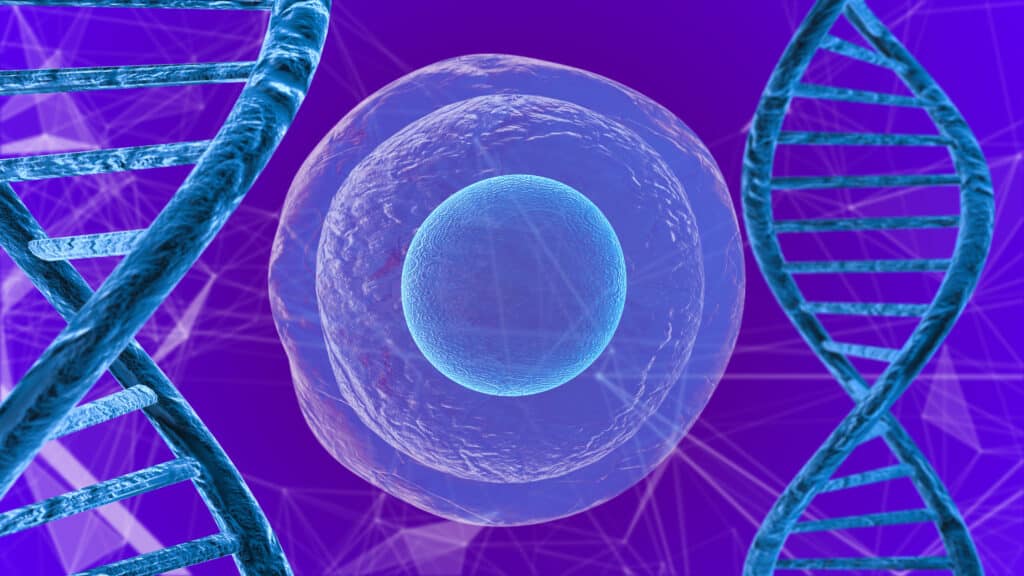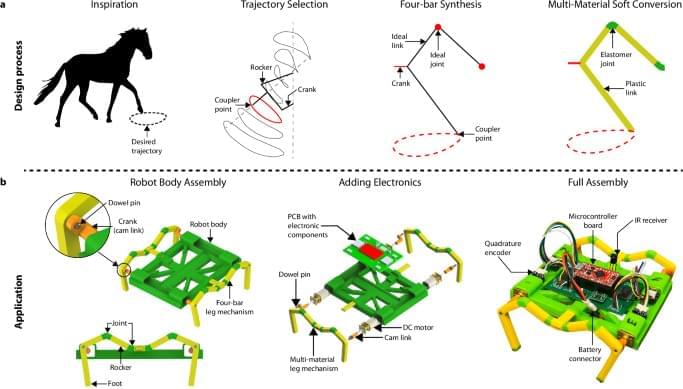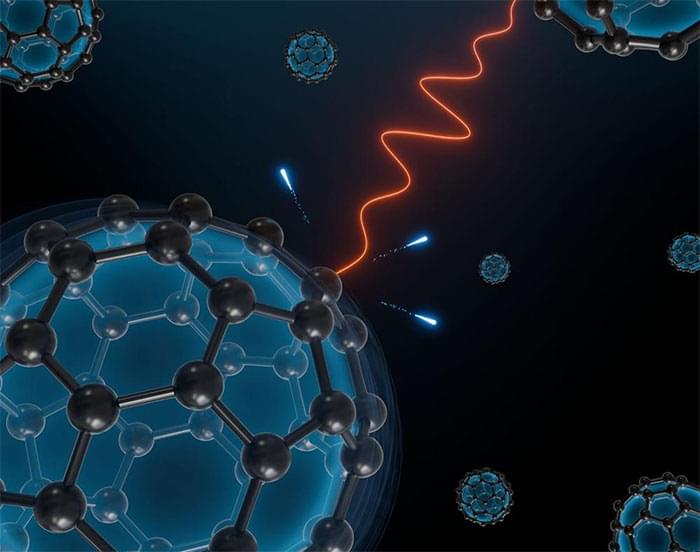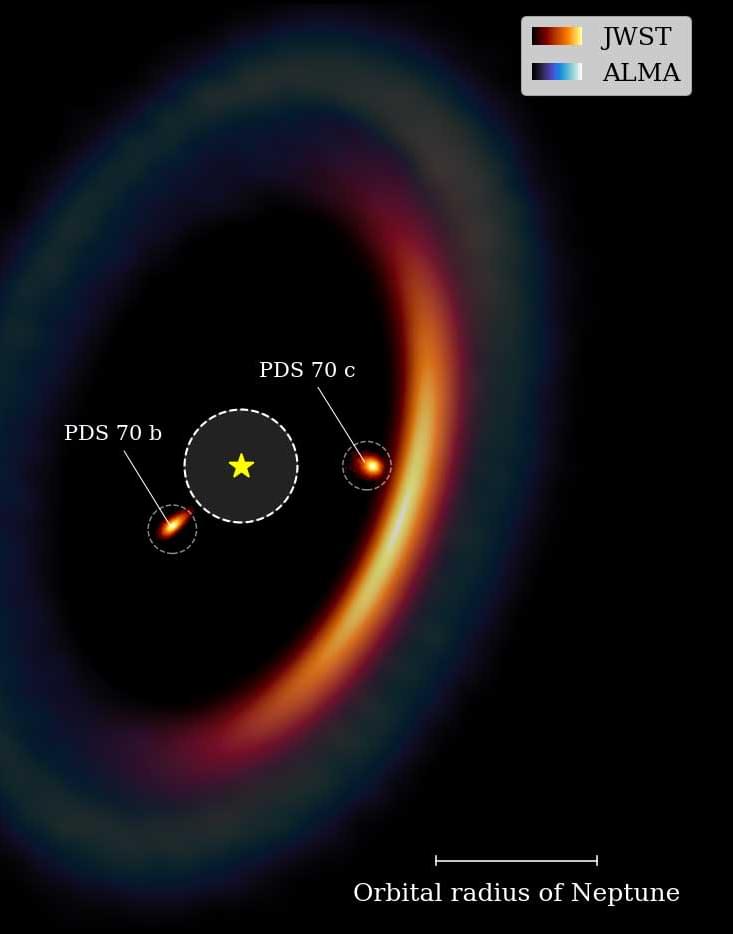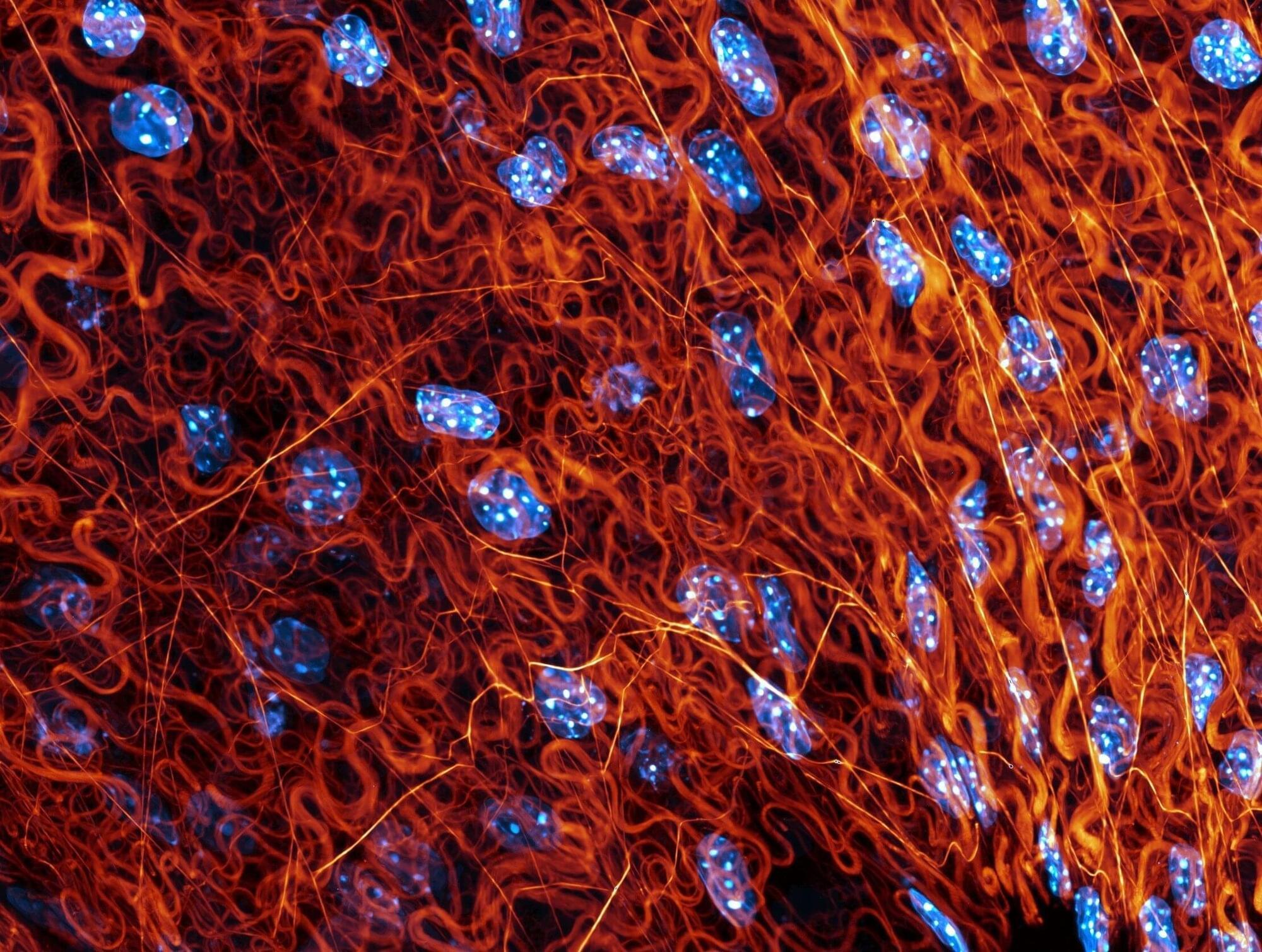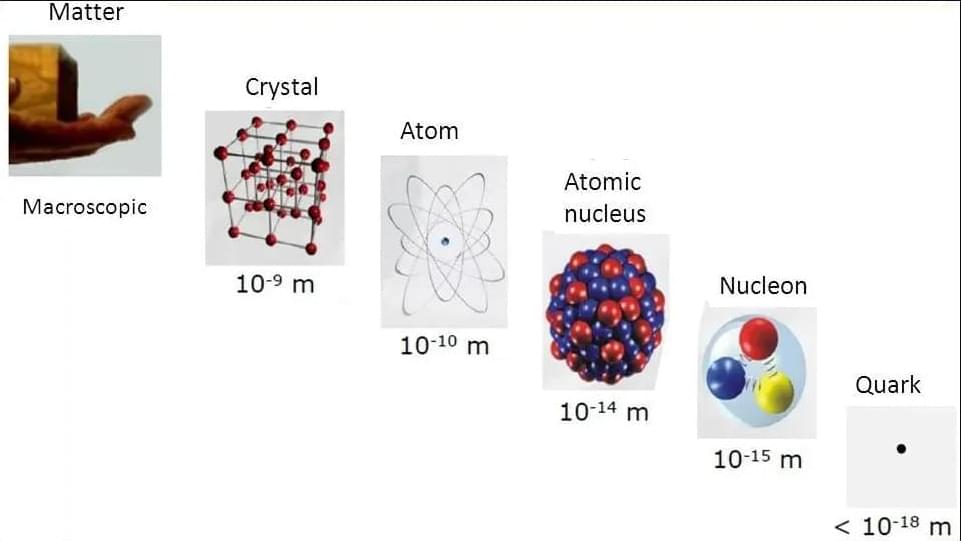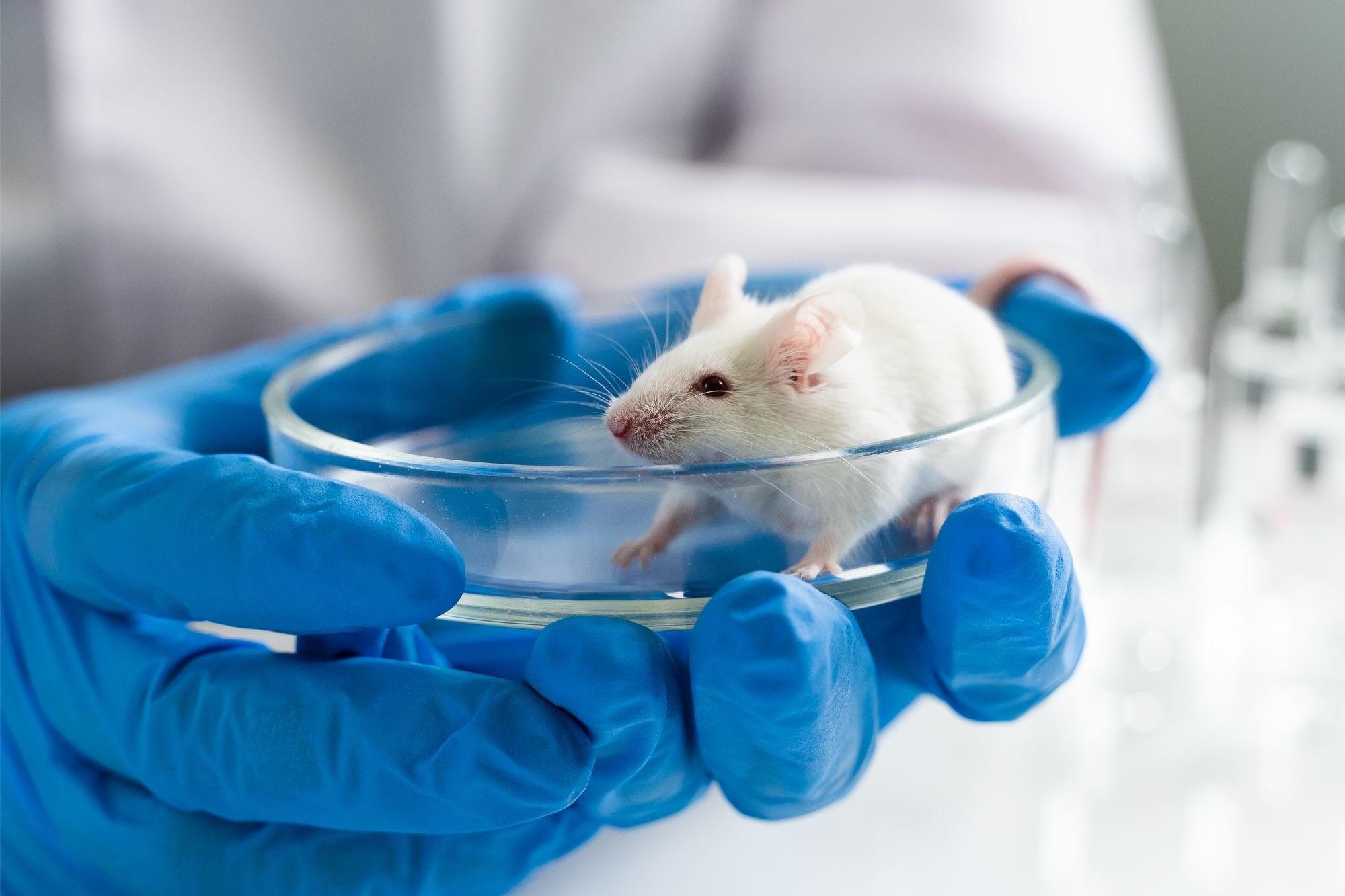Aging is a natural process, but for centuries, humans have been searching for ways to slow it down or even reverse it. Recent advancements in stem cell research and regenerative medicine have given scientists unprecedented insights into aging and potential interventions. With breakthroughs in cellular therapy, gene editing, and tissue engineering, we are closer than ever to finding ways to rejuvenate the human body. But how close are we to reversing aging, and what challenges remain?
Stem cells are the body’s raw materials from which all other specialized cells are generated. They have the unique ability to divide and create identical copies of themselves (self-renewal) or differentiate into specialized cell types. However, as we age, our stem cells decline in both number and efficiency, contributing to tissue degeneration, slower healing, and an increased risk of age-related diseases.
Researchers have been investigating how stem cells can be manipulated to repair damaged tissues, regenerate organs, and potentially reverse signs of aging. By harnessing stem cells, scientists aim to restore youthful function in various tissues and organs, offering promising anti-aging therapies.
